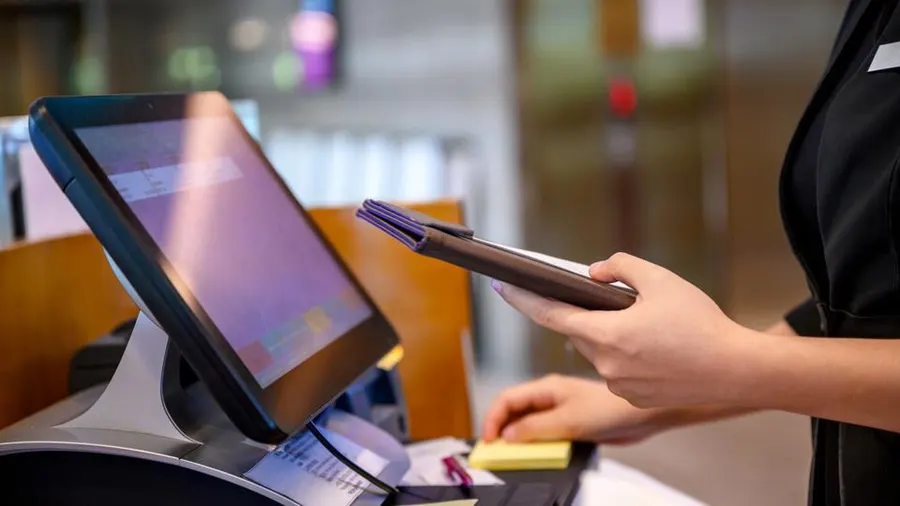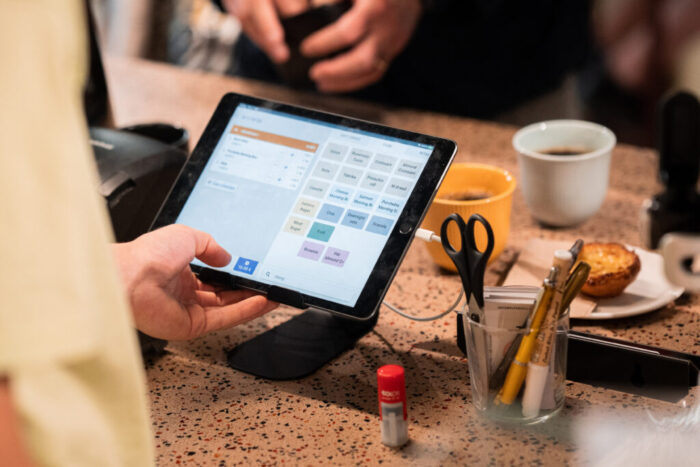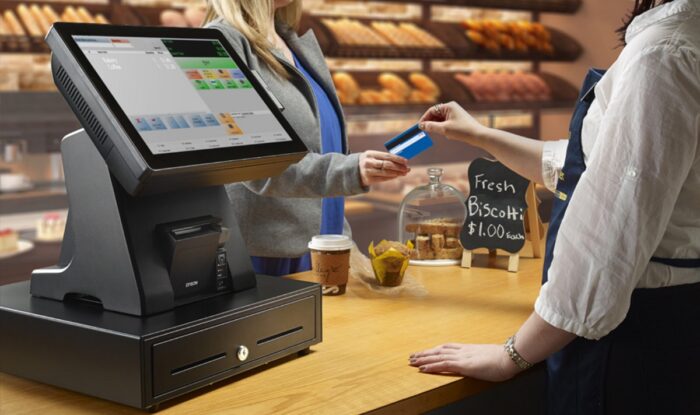
The digital realm has revolutionized the restaurant industry, and at its core sits the POS (Point Of Sale) system. Far from being a mere transactional device, today’s POS systems intertwine all essential operations, from orders and payments to inventory and CRM (Customer Relationship Management). Embracing the right POS hardware has the potential to drastically enhance efficiency, simplify intricate operations, and escalate the quality of customer service, positioning your restaurant as a top choice for patrons. This makes the decision process paramount, but the question remains: how does one sift through the options to find the right fit?
Understand Your Restaurant’s Needs
Every restaurant, regardless of its reputation or size, bears a distinct identity. The fast-paced diner in the heart of the city, the secluded bistro offering a quiet escape, and the upscale rooftop lounge – each requires different operational strategies. To truly maximize the potential of a POS system, it’s fundamental to understand the specific nuances of your establishment. This involves considering the nature of your offerings (are you serving fast food or gourmet meals?), analyzing the size and seating arrangement (a cozy 10-table setup or a sprawling 100-table venue?), and discerning your peak operational times (is the lunch rush your busiest or is it the dinner crowd?). Addressing these elements will offer clarity on the type of POS hardware that aligns perfectly with your needs.

Decide Between Traditional and Cloud-Based Systems
The dichotomy between traditional and cloud-based POS systems can be likened to the classic debate between analog and digital. Traditional systems, reminiscent of the old-world charm, are grounded, on-premise setups demanding physical servers. They offer robustness and have the advantage of working independently of internet connections. On the other hand, cloud-based systems, symbolic of the new age, harness the power of the internet to store data, offering the liberty of flexibility, ease of access from any location, and seamless software updates, unlike a regular money counter. However, they come with their own set of challenges, especially during network downtimes. It’s imperative to evaluate both based on your restaurant’s geographical constraints, tech infrastructure, and long-term vision.
Consider Hardware Compatibility
Diving into the world of POS hardware without first ensuring software compatibility can lead to frustrating and expensive missteps. Drawing a parallel, think of it as investing in a high-end gaming console and later discovering your treasured game collection isn’t compatible. In the realm of restaurants, POS software manages reservations, processes orders, tracks inventory, and even looks after customer loyalty programs. Thus, it’s critical to ensure your chosen hardware is fully compatible with your software. Misalignments could lead to glitches, increased wait times, and a potential dip in customer satisfaction. Always cross-check with software vendors, read reviews, and perhaps even consider a trial run before making a substantial investment.

Evaluate the Type of Terminals
The modern restaurant experience has been enhanced significantly by advancements in POS terminal technology. From static terminals stationed at counters to mobile tablets carried by servers and even compact devices for pop-up stalls – the options are numerous. An upscale restaurant might benefit from sleek tablet terminals, allowing for a seamless blend of tech and aesthetics. In contrast, a busy takeaway joint might find stationary terminals more robust and efficient. The essence lies in understanding the flow of your restaurant. Does your staff need mobility for table-side orders? Are customers more inclined towards self-service? Each terminal type offers its strengths; the trick lies in matching it to your restaurant’s rhythm.
Determine Necessary Peripherals
At first glance, peripherals might seem secondary, but they’re the supporting cast that ensures your star POS system delivers a stellar performance. Essential peripherals range from receipt printers and barcode scanners to money-counting machines and card readers. For instance, a restaurant emphasizing quick service would need efficient barcode scanners and high-speed printers for packaged items. Meanwhile, an establishment focusing on dine-in experiences might prioritize card readers for table-side payment.
Budgeting for POS Hardware
Budgetary constraints and considerations often determine the viability of business decisions. When it comes to POS hardware, the focus shouldn’t just be on the initial expenditure but also on the long-term value and potential ROI. Sure, premium hardware might have a steeper upfront cost, but its durability, efficiency, and potential to boost sales through enhanced customer experiences can offset the initial investment. Conversely, cheaper alternatives might seem attractive but could incur more in maintenance or replacements. Always factor in both the immediate costs and the projected long-term expenses, ensuring your budgeting aligns with your restaurant’s growth trajectory.

Explore Maintenance and Support
Even the most sophisticated POS systems aren’t immune to occasional hiccups. When these arise, the difference between a minor inconvenience and a major operational halt can be the quality of maintenance and support. Prioritize vendors that offer robust after-sales service, timely software updates, and responsive customer support. A delay in fixing a terminal issue during peak hours can lead to significant revenue loss. Therefore, it’s not just about choosing the right hardware; it’s also about ensuring you have the right team supporting it.
Security and Compliance
While the digital age offers convenience, it also comes with its fair share of security threats. For restaurants, where customer data and financial transactions are constantly processed, security isn’t just important; it’s paramount. Emphasizing PCI (Payment Card Industry) compliance and robust data protection measures is non-negotiable. Regular software updates, encryption protocols, and even staff training on data protection can be the shield your restaurant needs against potential breaches.
Get Feedback from Industry Peers
There’s a wealth of knowledge to be gleaned from those who’ve walked the path before you. Engaging with fellow restaurant owners, attending industry seminars, or participating in online forums can provide invaluable insights. Their trials and successes, recommendations, and even warnings can offer a practical perspective, allowing you to make an informed decision that’s been tested in real-world scenarios.

Conclusion
Choosing the right POS hardware is more than just a business decision; it’s a commitment to enhancing the dining experience for your patrons. By understanding your unique needs, weighing your options, and tapping into collective industry wisdom, you can ensure that this pivotal piece of technology truly becomes the backbone of your restaurant’s success.











